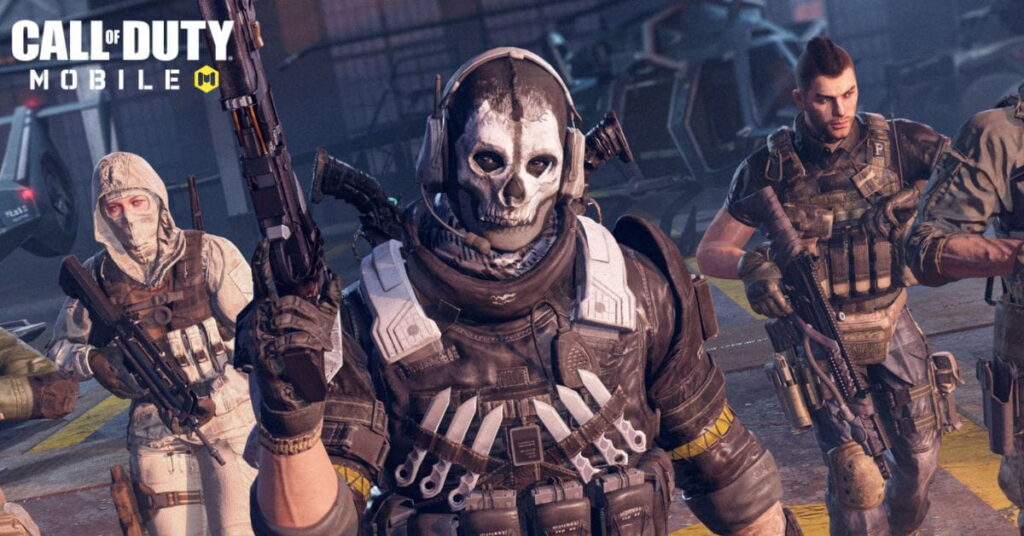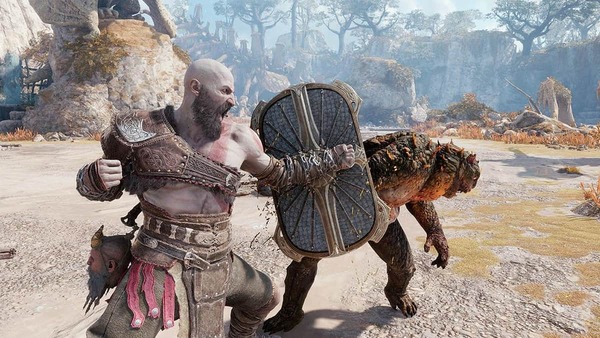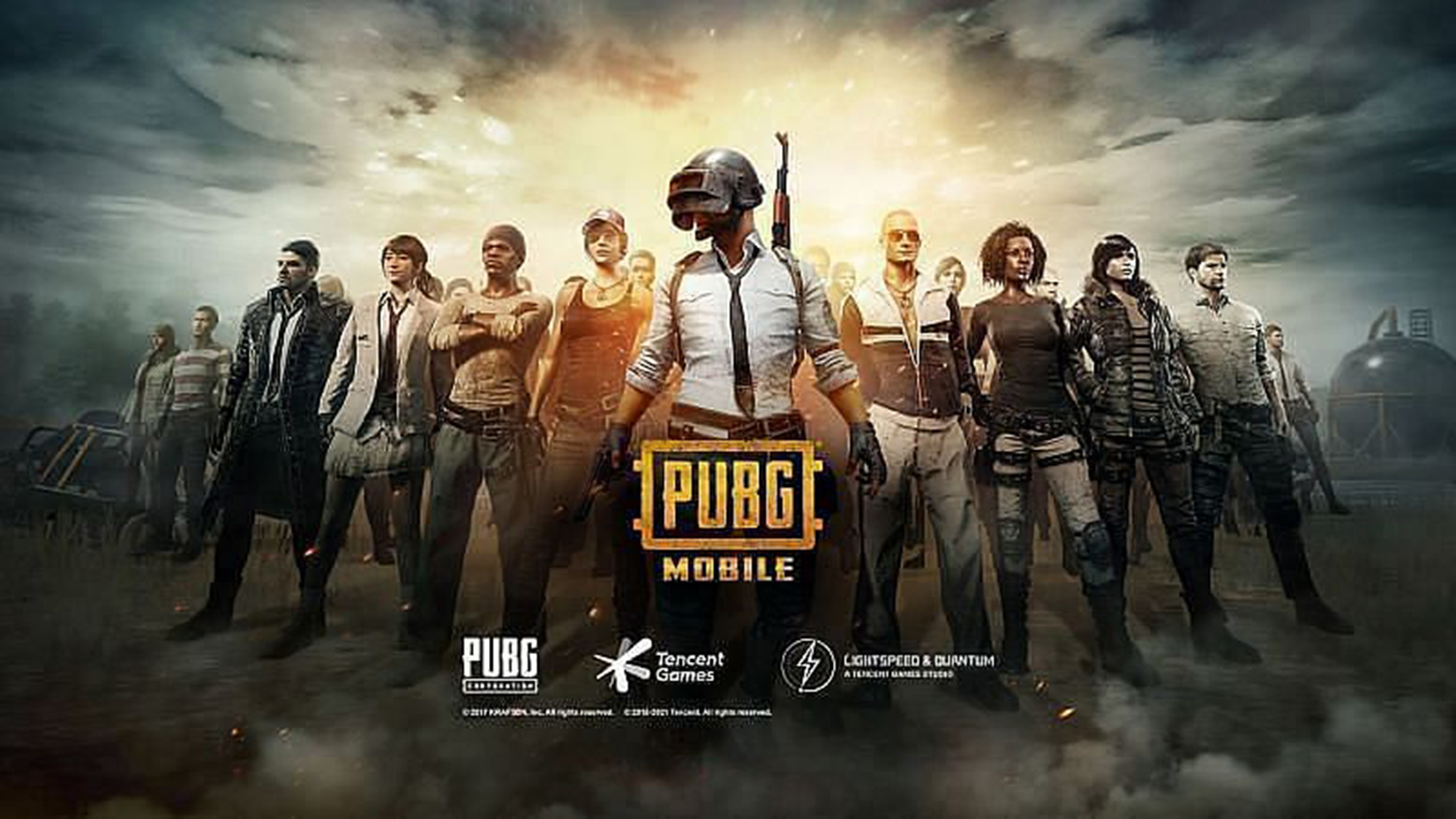Advertisement
Popular Now
The Call of Duty series has become one of the most influential and successful video game franchises in the world. Since its debut in 2003, it has set new standards for first-person shooters (FPS), with each installment offering something fresh, exciting, and engaging for its loyal fan base. Whether you're a casual player or a competitive esports enthusiast, Call of Duty has continued to evolve, pushing the boundaries of gaming with every new release. This article will explore the history, innovations, and impact of Call of Duty, touching on key developments such as its revolutionary multiplayer modes, changing gameplay mechanics, and the rise of mobile gaming.
 The story of Call of Duty began with a revolutionary concept: to create an immersive first-person shooter based on World War II. In 2003, Infinity Ward released the first Call of Duty game, and it quickly captured the hearts of gamers worldwide.
The story of Call of Duty began with a revolutionary concept: to create an immersive first-person shooter based on World War II. In 2003, Infinity Ward released the first Call of Duty game, and it quickly captured the hearts of gamers worldwide.
 In 2020, Call of Duty: Warzone was released, marking the franchise's entry into the booming battle royale genre. The game quickly became a massive hit, offering a free-to-play experience with cross-platform support.
In 2020, Call of Duty: Warzone was released, marking the franchise's entry into the booming battle royale genre. The game quickly became a massive hit, offering a free-to-play experience with cross-platform support.
H2: The Humble Beginnings of Call of Duty
 The story of Call of Duty began with a revolutionary concept: to create an immersive first-person shooter based on World War II. In 2003, Infinity Ward released the first Call of Duty game, and it quickly captured the hearts of gamers worldwide.
The story of Call of Duty began with a revolutionary concept: to create an immersive first-person shooter based on World War II. In 2003, Infinity Ward released the first Call of Duty game, and it quickly captured the hearts of gamers worldwide.
H3: The Innovation of Realistic WWII Combat
At the time, most FPS games were focused on fast-paced, arcade-style gameplay. However, Call of Duty brought a sense of realism and intensity to the genre. The game was set against the backdrop of the greatest conflict in human history, and players could experience the war through the eyes of American, British, and Soviet soldiers. This perspective made the combat feel more personal and engaging, with cinematic cutscenes and realistic audio contributing to the immersive experience.H4: Impact on the FPS Genre
The impact of Call of Duty on the FPS genre was immediate. It was praised for its attention to detail, storytelling, and multiplayer mechanics. The game set a new standard for WWII shooters and laid the foundation for future releases in the series.H2: Modern Warfare: The Shift to Contemporary Combat
In 2007, Call of Duty 4: Modern Warfare completely changed the course of the franchise. The game marked the series' transition from WWII to modern-day combat, a move that would prove to be both innovative and groundbreaking.H3: The Introduction of Modern Combat
Call of Duty 4: Modern Warfare introduced players to a contemporary military setting, complete with modern weapons, vehicles, and advanced technology. This shift allowed the developers to craft a more dynamic and fast-paced game with a unique focus on stealth, strategy, and tactical combat.H4: Multiplayer Breakthrough
The game's multiplayer mode also introduced several key features that would become staples of the franchise. Customizable loadouts, perks, and killstreaks gave players the ability to tailor their experience, while ranked matchmaking ensured that competitive play was balanced and fair. These innovations laid the groundwork for the vast, ever-evolving multiplayer experience that players continue to enjoy today.H2: The Resurgence of WWII in Call of Duty: WWII
After a few years of futuristic settings, Call of Duty: WWII returned to the franchise’s roots, bringing players back to the intense battlefields of World War II in 2017.H3: A Return to Classic Combat
Call of Duty: WWII aimed to recapture the essence of the original games in the series, focusing on gritty, boots-on-the-ground combat. The campaign followed the story of a squad of soldiers fighting across the European frontlines, and the game was praised for its historical accuracy and intense battles.H4: A Revitalized Multiplayer Experience
Multiplayer in Call of Duty: WWII was also a return to form, emphasizing a more traditional style of gameplay. There were no advanced movements like in previous titles, and the focus was squarely on gunplay, teamwork, and strategy.H2: The Battle Royale Phenomenon: Call of Duty: Warzone
 In 2020, Call of Duty: Warzone was released, marking the franchise's entry into the booming battle royale genre. The game quickly became a massive hit, offering a free-to-play experience with cross-platform support.
In 2020, Call of Duty: Warzone was released, marking the franchise's entry into the booming battle royale genre. The game quickly became a massive hit, offering a free-to-play experience with cross-platform support.






















